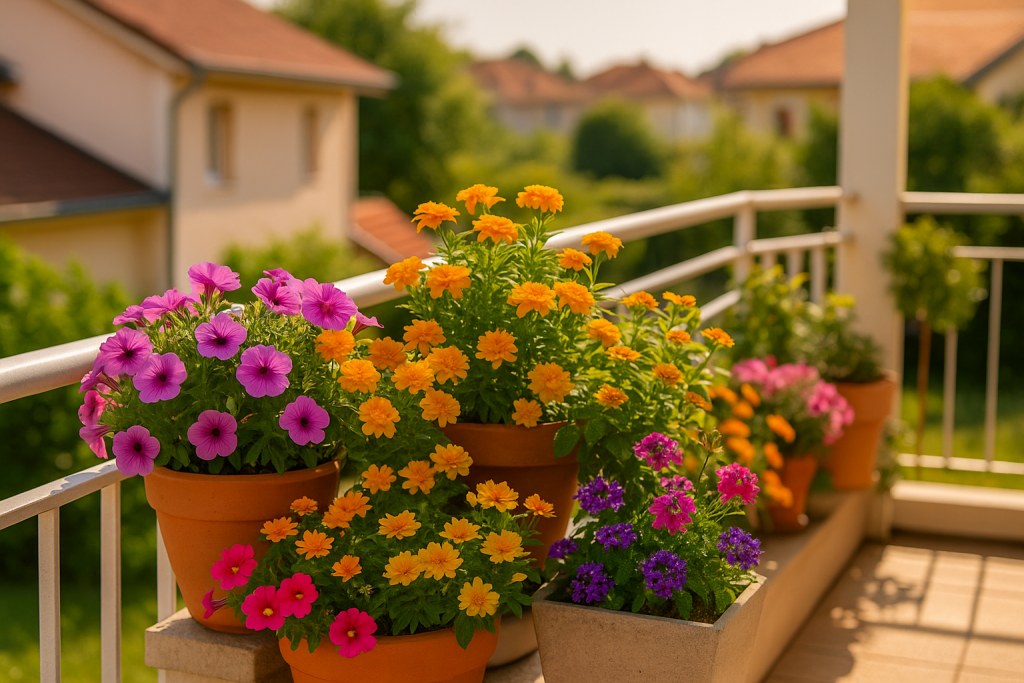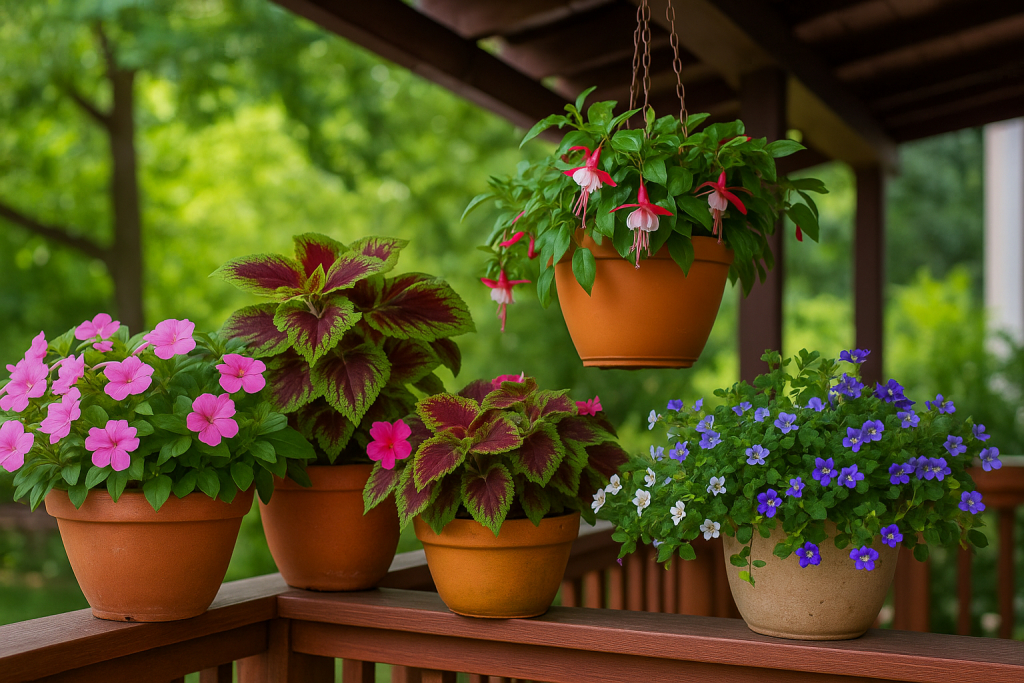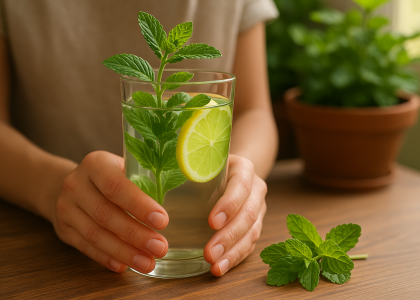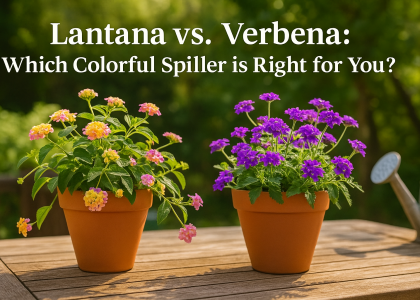Why Light Levels Matter
Not sure which plants can handle your shady balcony—or which ones will survive the afternoon sun? Understanding your light exposure is the single biggest step toward a thriving balcony garden.
Whether you garden on a high-rise balcony or a cozy back porch, knowing your light conditions is key to lush, long-lasting blooms. Not all flowers thrive in the same environments—and placing a sun-lover in the shade (or vice versa) is a recipe for wilted disappointment.
This guide breaks down the best flowers for every common balcony light zone—from full sun to deep shade—so you can match plants to your conditions and set yourself up for floral success.
Full Sun (6+ hours of direct sunlight)
Best Balcony Directions: South-facing, unshaded west
Best for Zones: 4–11
Top Performers:
- Petunia: Bold, trailing blooms that thrive in containers
- Zinnia: Heat-loving, pollinator-friendly power bloomer
- Lantana: Drought-tolerant and butterfly-attracting
- Portulaca (moss rose): Succulent-style, thrives in dry pots
- Verbena: Long bloom season and great for baskets
Tips:
- Water deeply, not daily—sun accelerates evaporation
- Choose light-colored pots to reduce heat stress

Partial Sun (3–6 hours of direct sun)
Best Balcony Directions: East-facing, lightly shaded south or west
Best for Zones: 5–10
Top Performers:
- Calibrachoa: Mini petunia lookalike with nonstop color
- Begonia (wax or fibrous): Compact and colorful in soft light
- Angelonia: Loves afternoon sun but handles morning shade
- Marigold: Shorter varieties work well with partial exposure
- Salvia: Certain cultivars adapt well to filtered light
Tips:
- Rotate containers weekly to balance sun exposure
- Use a slow-release fertilizer to extend flowering

Bright Shade / Indirect Light
Best Balcony Directions: East-facing, under pergola or trees
Best for Zones: 6–10
Top Performers:
- Impatiens: Classic bedding flower for shady spots
- Coleus: Grown for its vivid foliage, not blooms
- Fuchsia: Hummingbird favorite with pendulous flowers
- Bacopa: Trailing, white or lavender blooms that soften edges
- Torena (wishbone flower): Underrated and pollinator-friendly
Tips:
- Use moisture-retentive potting mix
- Combine flowering plants with colorful foliage (coleus, heuchera) for visual interest
- Avoid over-fertilizing—shade slows nutrient uptake

Full Shade (less than 3 hours of sun)
Best Balcony Directions: North-facing, enclosed spaces
Best for Zones: 6–9
Top Performers:
- Hosta (in pots): Foliage-first with occasional blooms
- Heuchera (coral bells): Colorful leaves, shade adaptable
- Deadnettle (Lamium): Variegated, flowering groundcover for containers
- Toad Lily (Tricyrtis): Exotic, orchid-like flowers in shade
- Begonia (tuberous): Showy blooms in low light
Tips:
- Don’t expect heavy flowering—focus on foliage texture and color
- Use decorative or reflective containers to amplify light
- Supplement interest with shade-tolerant herbs like mint or chives

How to Check Your Balcony Light
- Use your smartphone or an app to track direct sun hours at different times of day
- Remember: Light changes seasonally—plants may need repositioning in spring vs. summer
- Observe where your shadow falls: Sharp shadows = full sun. Blurred shadows = partial.
Download our printable light-tracking worksheet to plan before planting!
Light-Matched Beauty All Season Long
Matching your plants to your balcony’s sunlight is the single biggest step toward success. Whether you shine or stay shaded, there’s a flower out there for your space.
Download our printable guide: “Balcony Light Zones & Best Flowers Chart”
Save this to your “Balcony Garden Inspiration” board
Tell us your light level and favorite bloom @Greenmuse using #ShadeOrShine or vote your zone: 🔘 #TeamFullSun
🔘 #TeamPartialSun
🔘 #TeamBrightShade
🔘 #TeamFullShade





